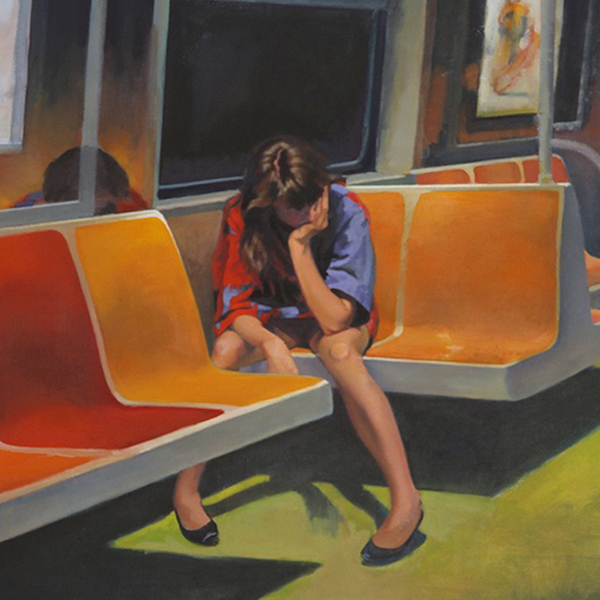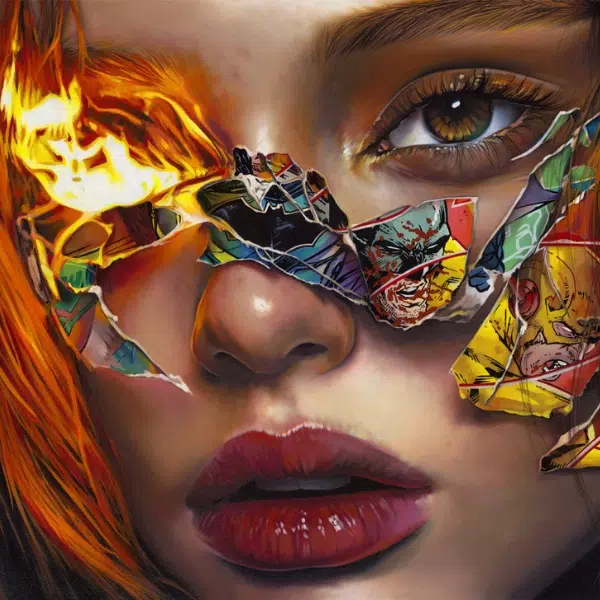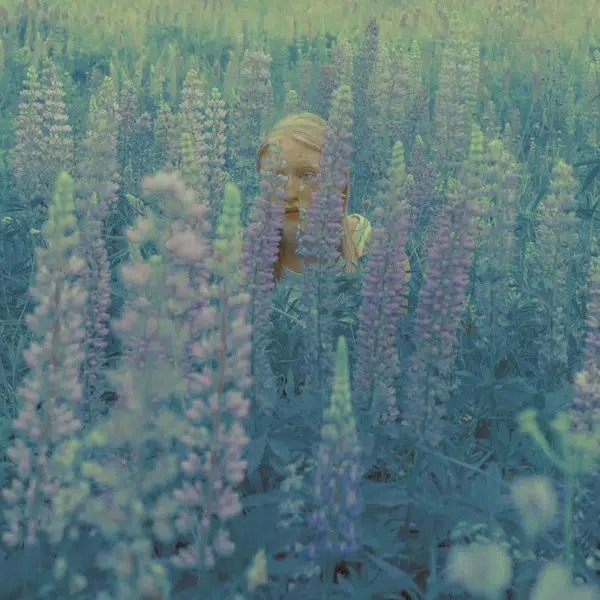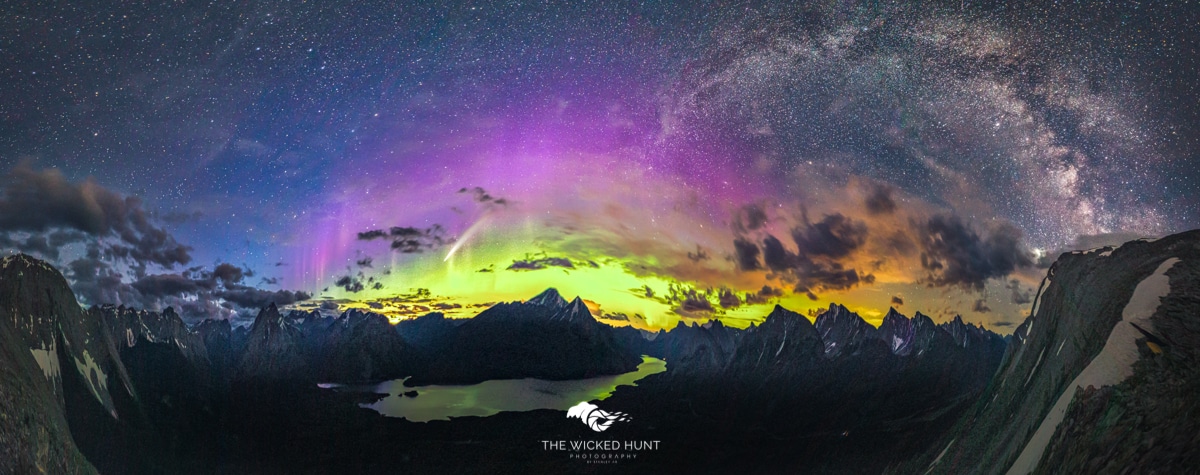
When Stanley Aryanto left his day job to pursue his passion as a photographer, he never could have imagined the opportunities that awaited him. He now dedicates all of his time to The Wicked Hunt, his photography business. And recently, on his latest “hunt” he won the ultimate prize, as he was able to capture the Neowise comet, the Northern Lights, and the Milky Way in one epic panorama.
Just seeing Neowise was rare enough, as the comet is only visible every 6,800 years, but to get all three together is a real jackpot. As if that weren't enough, Mother Nature threw another treat his way when a Strong Thermal Emission Velocity Enhancement, or STEVE, also came into view. STEVE is an atmospheric illusion that causes a green and purple ribbon of light to appear in the sky. So, in another frame, Aryanto delights us with this feast for the eyes.
We had the pleasure of speaking with Aryanto about this incredible moment and the meticulous planning that went into ensuring that he was in the right place at the right time. We also get into his decision to leave behind his career as a mechanical engineer and pursue his passion for photography. Read on for My Modern Met's exclusive interview.
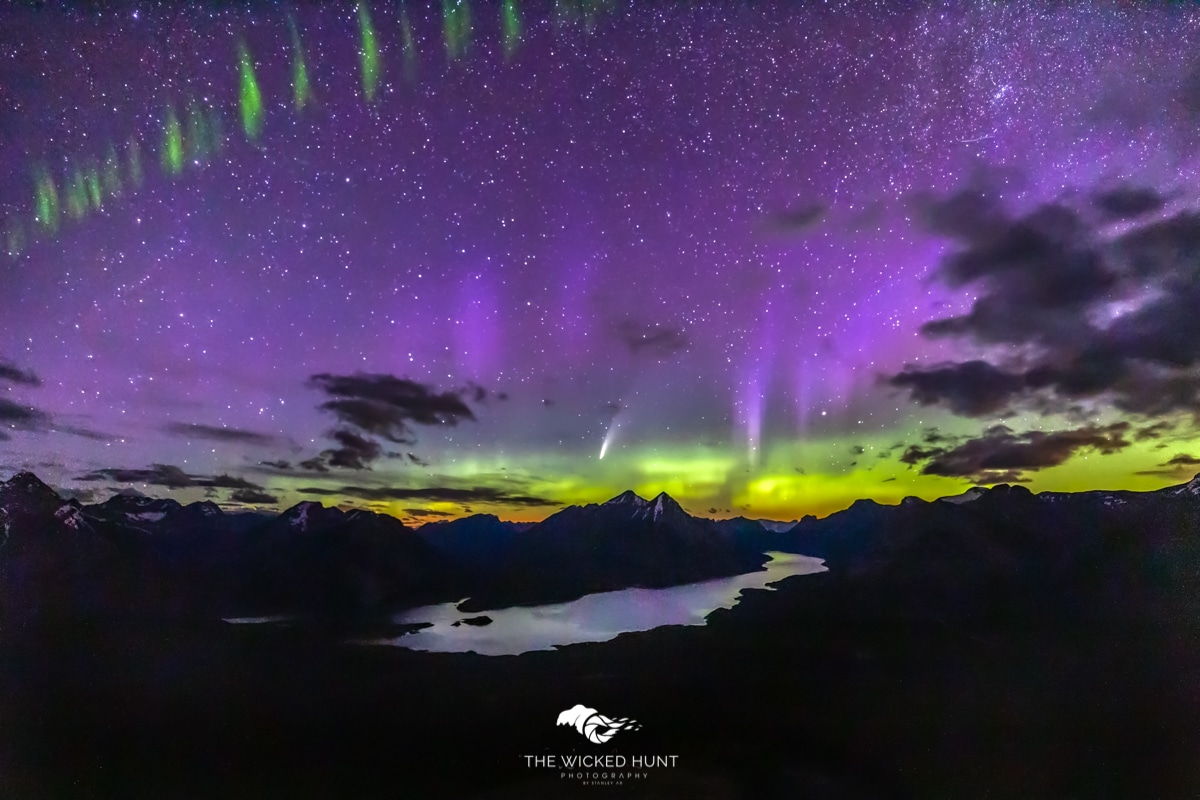
What is it about Neowise that inspired you as a photographer?
I started photography because I saw a screenshot of a Milky Way panorama on Facebook about five years ago. Without my love for stars and night skies, I could say that I wouldn't be here today.
There's something about sitting under the stars—it makes me feel at peace. It makes me feel that I'm not alone and that the possibilities are endless.
So when I heard about this once-in-a-lifetime astronomical event, I did everything in my power to experience it. After all, that's why I started this journey pursuing my passion.
I know that your first attempt at photographing the comet wasn't successful. What made you want to keep trying to photograph it?
I only had 10 days left before leaving the Canadian Rockies for my road trip. The weather hadn't been in my favor, and it's easy to blame my failures capturing Comet Neowise to these circumstances. But, even though I didn’t get a good shot of Comet Neowise, I was able to capture a stunning sunrise from that location the next day.
But my love for adventure, The Wicked Hunt, pushed me to take a chance. I didn't care if all I got was a shot of cloudy days. The chance to see it again was well worth it. After all, the decision that we don't take is the decision that we regret.
So I looked for different locations. I checked the weather every 12 hours, hoping that it would change. I knew that mountain weather can change very quickly.
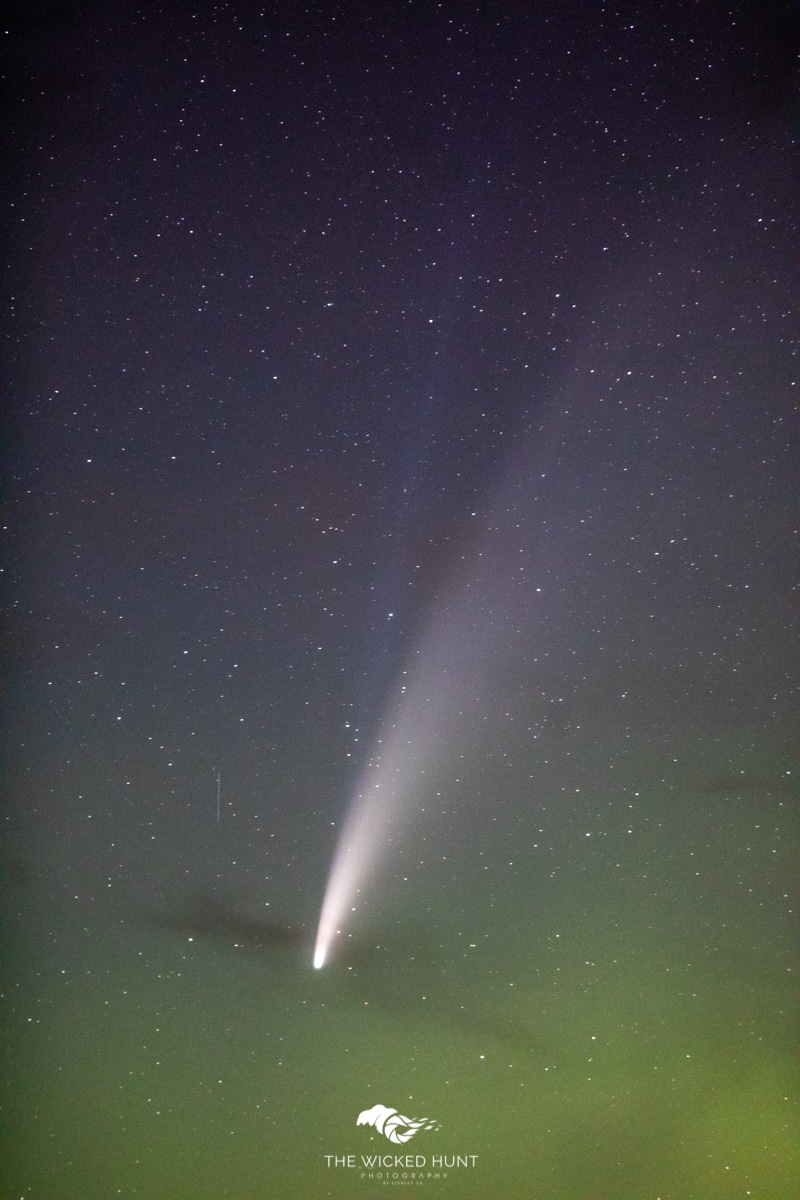
Your photo is such a jackpot of incredible elements—Neowise, Milky Way, Northern Lights—what were your emotions in that moment?
It's one of the best nights of my life, and it's one masterpiece that I'll always be proud of and cherish. But I know the best is yet to come.
It felt unbelievable, just like a dream. I still can't believe how it all unfolds. I have goosebumps just thinking about it as I answer this question.
I remembered as my time-lapse camera clicked, it would show a preview of the last taken shot. The wind was powerful that night and I had to anchor the tripod using big rocks. My friend and I went on the other side of the mountain to find shelter from the high wind, and I would check on the camera every 15 minutes or so.
I remembered it like it was yesterday. As it showed a preview, there was a faint green glow by the horizon. At that time, I thought there was a problem with the camera. As it took another click, I looked closer at the preview and couldn't believe my eyes.
I asked myself, could it be? I was screaming, jumping, doing a happy dance. It was like I was five years old again! I quickly rushed to my friend and told her that this would be an epic night.
As the day got darker, comet Neowise became more and more prominent and my guess was confirmed. Lady Aurora had come around to spend the night with us.
It was one of the stronger aurora forecasts that I had seen during my two-year stay in Banff National Park, and since I didn't have any cell reception, I knew nothing about it until I was back the next day.
We got there around 9 p.m. just before sunset and stayed till dawn at around 3 a.m. I didn't want that night to end.
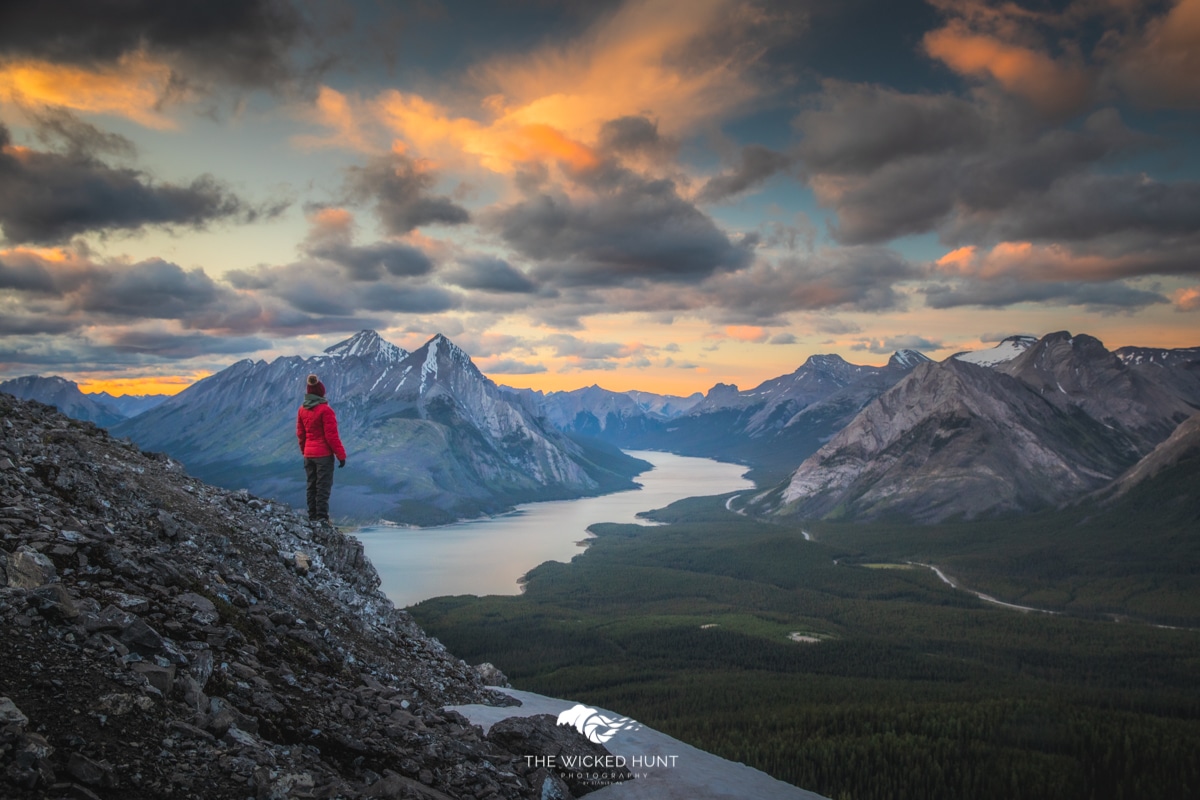
Can you talk about the research that went into finding the perfect spot?
Finding spots to see Neowise can be tricky, especially around Banff National Parks. The mountains are so tall, while the comet started lower down on the horizon. So to be able to see the comet, I needed to get up high.
I knew that I would be bringing a lot of gear because I wanted to capture both a time-lapse of the night and experiment with different shots during the night. It was one of the reasons I was able to capture a time-lapse of the night, the panorama shot, and a few other compositions.
One thing that I stress in my mentorship is the importance of understanding the vision you want to capture but still having an open mind and adapting to the condition.
So I pictured myself as if I were there. I used an app like PhotoPills to understand the moon phase and location of the Milky Way. From there, I started to look for different locations where I could make my vision come true.
It needed to be on an elevation and make sure that I would have a clear view of comet Neowise. I wanted to capture a shot that encapsulated the Canadian Rockies, so it was crucial for me to capture Neowise among the mountain range. I also knew from my planning phase that I would have no moon for most of the night. It meant that I would get good details on the Milky Way, but I will lose details in the foreground as a trade-off.
For that reason, I looked for a landscape that included water, even if I couldn't get any details on the mountain textures. You could still see a dynamic in the photo—the reflection and shape of the lake.
Then I knew the amount of gear that I wanted to bring, and for that reason, I looked for trails that were not too extreme. Weather is always tricky, so I checked my trusted weather app and looked for a location with the best chance of a clear sky.
I searched for any location up to a five-hour drive from where I live. From there, I started to look for trails that fit these criteria in-app like All Trails. Once I had a good choice of tracks, I used Google Earth to see a 3D illustration of my point of view from the summit.
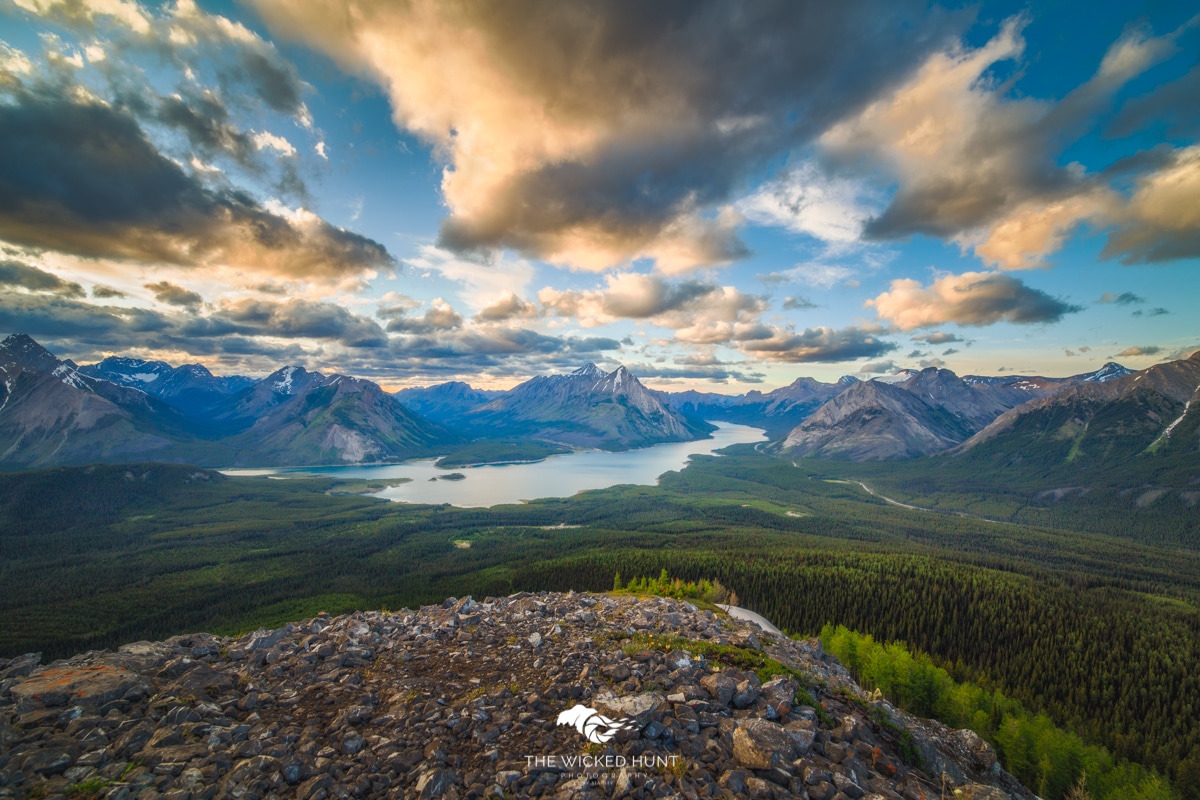
How did you select the gear that you'd bring along with you for the shoot?
There are two types of gear that I need to consider—hiking and camera gear. Being in the mountain, I knew that the temperature would be cold once you get up high. So I needed to take that into account.
I brought enough food and drinks for the night. Protein bars are great for that because they are light and compact. Then I got a thermos with warm water to have a warm drink while waiting. I made sure I had enough layers like thermals, a windbreaker, and a down jacket. I also brought an emergency blanket just in case.
I brought two of my Canon Camera bodies, four lenses, and two tripods for camera gear. The idea was to have one stay static throughout the night—capturing a time-lapse—and the other one to experiment with composition as the night progressed and changed.
- Canon 5D Mark IV
- Canon 6D
- Canon 16-35mm f/2.8L III
- Canon 24-70mm f/2.8L II
- Canon 70-200mm f/2.8L III
- Rokinon 14mm SP f/2.4
- Sirui and Moman tripod
I know that I want to capture different compression of the comet, so I brought an extra focal length. Photographers will understand that the bigger the zoom, the more significant the comet appears.
So I brought two wide-angle lenses, one mid zoom, and one tele lens for a close up shot.
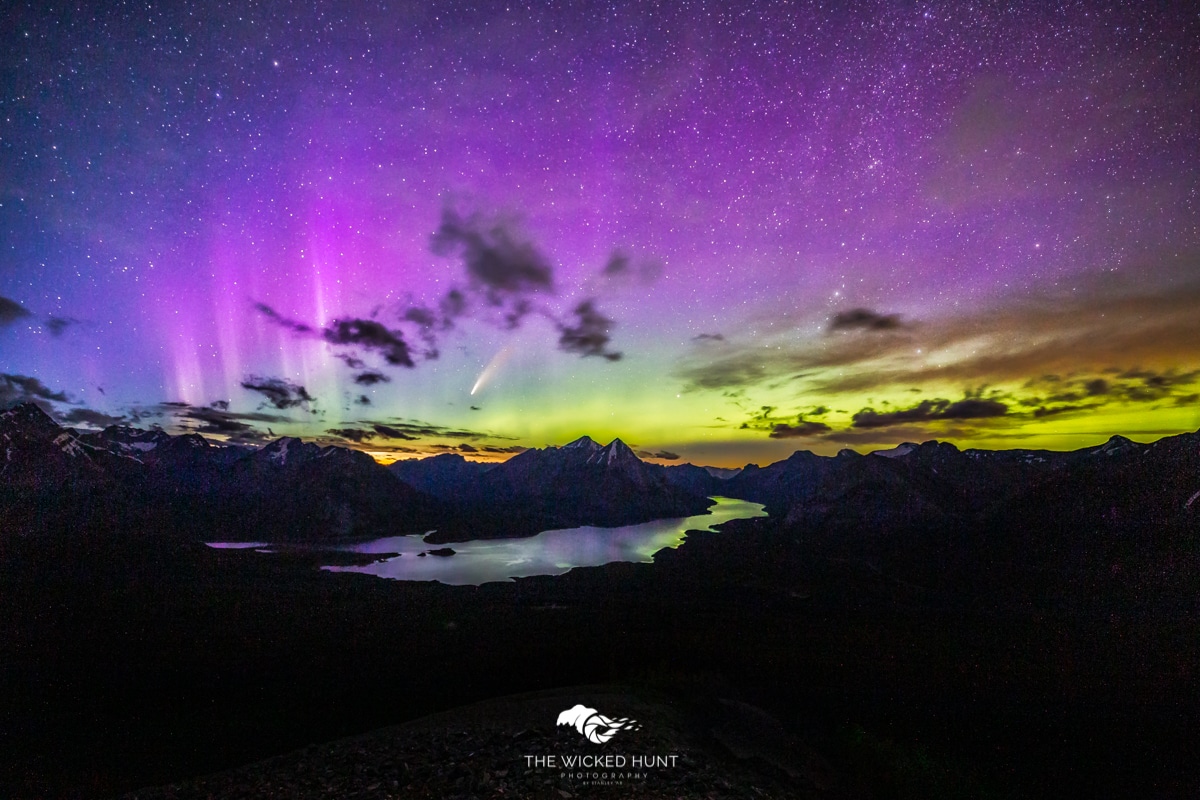
For those who don't know, what is STEVE?
I'm not the best person to explain this in great detail, but STEVE stands for Strong Thermal Emission Velocity Enhancement, an atmospheric optical phenomenon that appears in the sky. It was recorded as early as 1705 but only just understood.
STEVE is more common in the sub aurora region right around Canadian Rockies. There has been much research done recently around this phenomenon to understand the science behind it. I first learned about this from Chris Ratzlaff, the founder of Facebook Group Alberta Aurora Chasers.
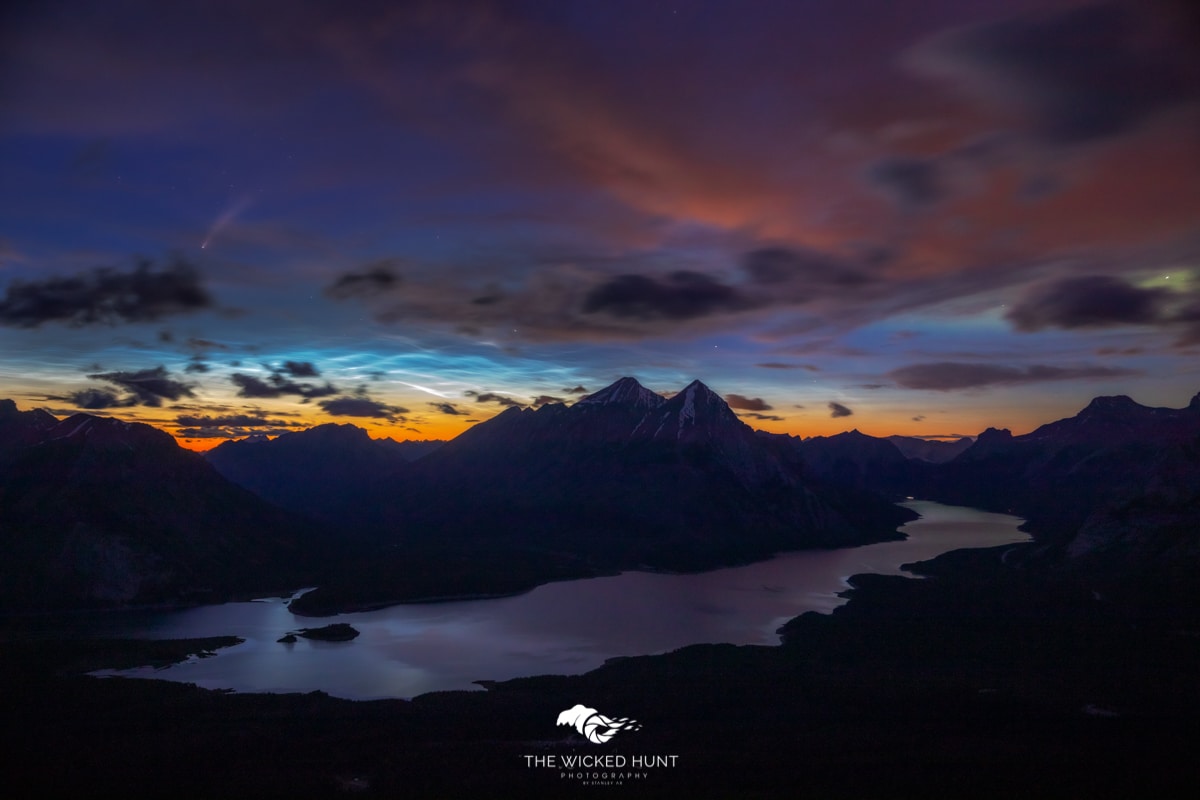
Your photography practice is called “The Wicked Hunt.” Where did that name come from?
It's been a long journey to get to where I am right now and I know there's still a long way to go. I am excited about my journey, The Wicked Hunt, that's yet to come.
Since I started, I've won about 130 awards, have been published in magazines like Canadian Geographic, had my photos exhibited in countries like Australia, the U.S., and Japan. And now, I'm expanding my mentorship online to reach and help more people improve and find hope, purpose, and happiness from their love for photography.
But life wasn't always like this.
When I started photography, I was very good at imitating other people's works. I was doing my research on locations and compositions based on what others had shared on Instagram. For that reason, I didn't have any piece of art that I could be proud of that was truly unique to me.
This was a big reminder when I made my first photography submission, where I submitted over 20 photos, but only two got awarded. The two that got awarded were the unique shots that came from me even if they were captured at a popular location. These award-winning shots have become my proudest work to this date.
The Wicked Hunt becomes a constant reminder that it's not about the shot but, more importantly, the experience, the journey, and the adventures behind the photograph.
Experience first, banger shot later.
Far too often, people get a tunnel vision of their photography goal when they venture to different locations and when things don't turn out the way they planned, they leave and go home. I was one of those people.
But The Wicked Hunt reminded me that there's always beauty in the mundane, tranquillity in the chaos. All you have to do is to focus on the one that matters.
Since then, I have captured some unique work that I'm very proud of from different adventures that didn't turn out the way I expected, but that's the beauty in The Wicked Hunt.
The uncertainties make it exciting, the plot twist of different adventures, and the unexpected moments that I was able to appreciate when the condition didn't turn out the way I had planned.
I always say, sometimes you win, sometimes you learn, but it's essential to embrace the bad and enjoy the good both in photography and life. To stay in the moment and make the most out of it.
Life is one BIG Wicked Hunt!
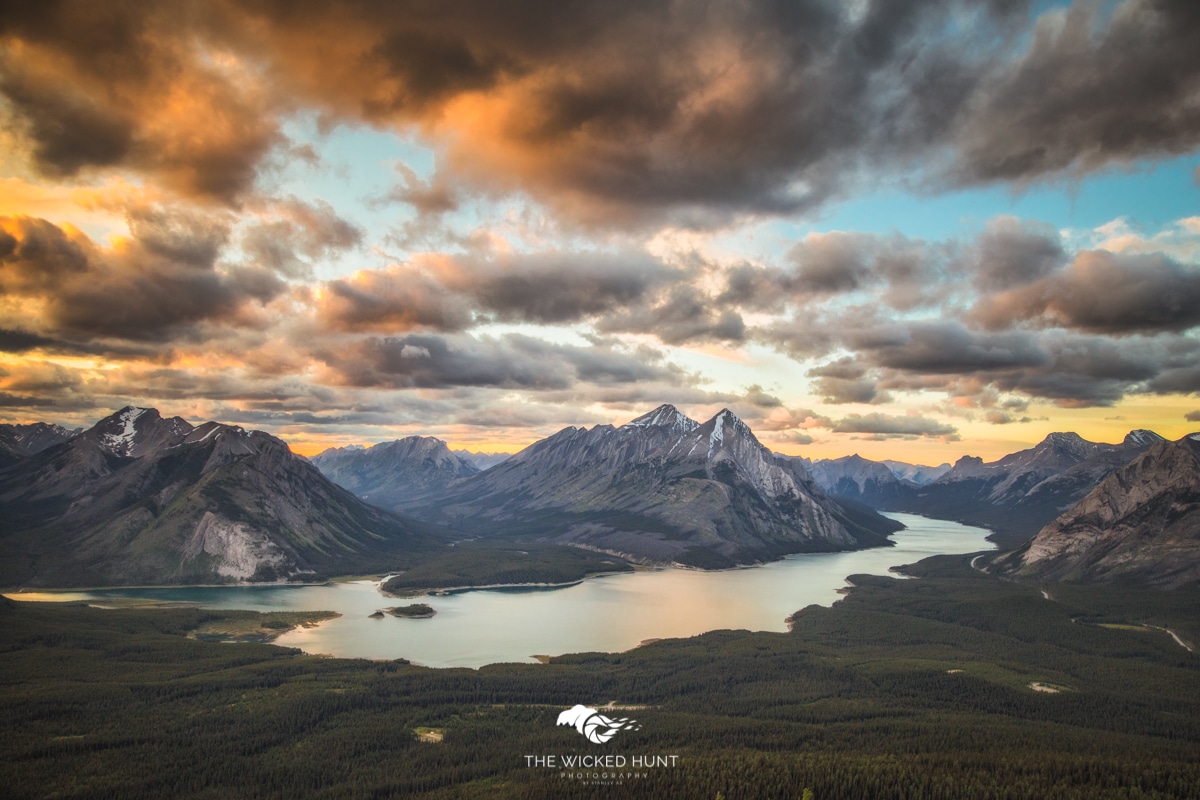
What do you hope that people take away from your work?
I'm very spiritual with my work of art.
Photography saved me from being stuck living someone else's life. I was stuck in a mundane 9 to 5 routine. I was living for the weekend, which isn't bad if it aligns with your values and what you want in life. But ultimately, everyone should be honest with themselves, and I wasn't.
Photography has given me hope, purpose, and happiness. I remembered walking out of the refinery for one last time. I had never felt so free before.


















































































